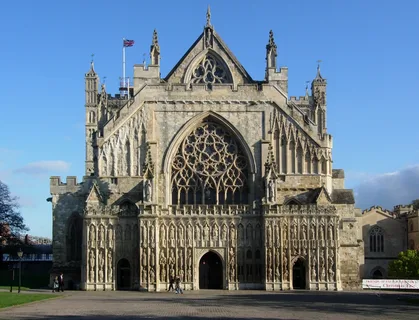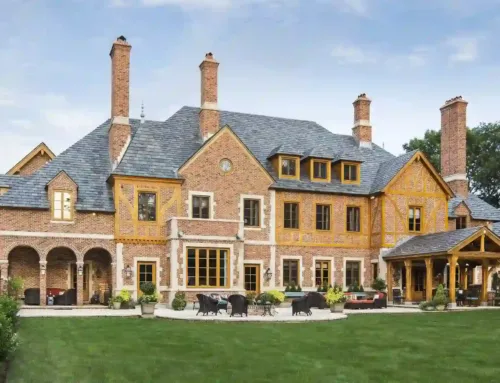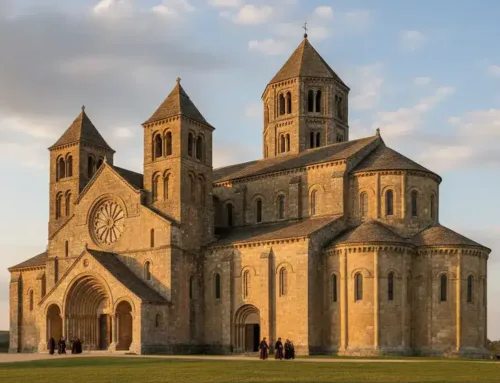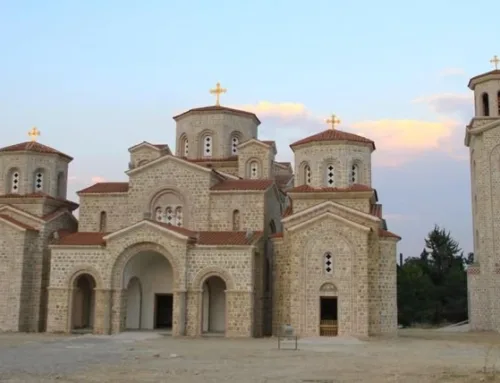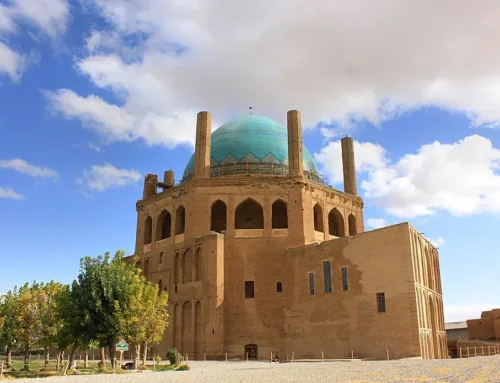Gothic Architecture: Definition, History, Key Types, and Modern Trends
Gothic architecture was common in Europe from the late 1100s to the 1500s. Modern people think that the Gothic style means dark. But this style was created to bring more light into buildings and churches. These types of buildings have large spaces. Their walls are decorated with stone patterns and large windows.
This type of style was mainly famous due to its pointed arch. However, it was different from the Romanesque architectural style. In case If you are inspired by this style, you can get expert Architectural Rendering Services from a reliable company. They will provide you with a 3D design for the interior and exterior parts of the building. This way, you can make the right decision by viewing early before the construction process begins.
READ OUR BLOG TO UNDERSTAND THE HISTORY, KEY TYPES, AND MODERN TRENDS OF GOTHIC ARCHITECTURE!
Short History of Gothic Architecture styles
The Gothic architectural style was greatly influenced by the earlier architectural style called Romanesque. The first documentation of a Gothic building was the church of Saint-Denis, which was near Paris. The builders at that time utilized pointed arches and larger stained glass windows as a means to acquire more light into the building.
From the 12th Century to the 15th Century, this style of building was further propagated all over Europe, with England being home to many of the famous cathedrals built in the Gothic architectural style. They were mostly tall and had big windows with thin walls.
In the 1800s, Gothic styles were again used. Architects used the style again for churches and other important buildings. For modern designs, you can rely on a reliable Architectural Visualization Company and visualize according to your thoughts.
Key Types of Gothic Style Architecture
Early Gothic
Early Gothic churches consisted of some important new features:
- Pointed arches
- Ribbed vaults roofs
- Flying buttresses
These features became the basic building blocks for Gothic churches. Famous Examples are:
- Chartres Cathedral
- Notre-Dame in Paris
This type of style was also called The Lancet Style, which had:
- Tall, thin windows
- Simple decorations
- less fancy look
High Gothic
The High Gothic type was built so high because architects wanted taller churches than ever before.
Key Features:
- Buildings reached amazing new heights
- Structures looked like they were floating
- Focus shifted to creating beautiful visual effects
Later, the Rayonnant Style became popular because decoration became extremely important. The main features are:
- Pinnacles
- Elaborate moldings
- Intricate window tracery
Rayonnant Gothic (c.1240-1350)
Rayonnant Gothic was different from the Gothic style, which had less focus on building bigger. More focus was on the decoration of flat surfaces and walls
The name “Rayonnant” means shining. This comes from:
- The patterns in the stone windows that spread out like sun rays
- Especially visible in the large circular rose windows
Decorated Gothic
The Decorated Gothic Period had two parts:
– Geometric Period (came first)
– Curvilinear Period (came later)
The main difference between these two parts was the style of windows.
Key Features are:
- Stonework
- Patterns were flowing
- Curving shapes rather than straight lines
Flamboyant Gothic
In 1280, the Rayonnant style changed into a fancier style called Flamboyant. It was named because it was flame-like.
- The stone patterns looked like flickering flames
- The S-shaped curves
- These curves moved like flames dancing in the wind
Modern Gothic Trends
Integrating techniques from digital fabrication, sustainable materials, parametric design, and immersive technology, Revival Gothic architecture and design are determined to go further than ever before within the Gothic framework.
With parametric design, architects are able to execute the design of complex geometries within the Gothic style to a degree of precision never before seen. Designers are able to:
- algorithmically create complex tracery patterns,
- optimize structural systems
- adapt designs to different environments
The design of facades using parameters makes use of digital fabrication techniques such as 3D printing and CNC milling, and brings both precision and value when implementing complex designs.
Trends in interior design
Interiors with different architectural styles are very eclectic in their sources of inspiration, but the present style prefers dark colors, rich and elaborate decoration, pointed arches, and moody palettes, which are very much in. Modern gothic style interiors have a dramatic collection of features, but are also focused on comfort with items such as pointed arch features, rich fabrics, and soft lighting.
Conclusion
Gothic architecture is one of the best building designs. The way of using light and space, architects are inspired with all the features. They combine them with the modern touch and design of buildings. By reading this guide, one can understand all about the Gothic style from old to modern. However, it is recommended to get professional visualization from a reliable company and see how your future building design will look.

